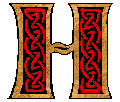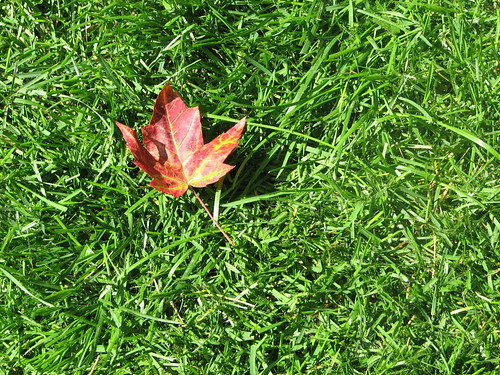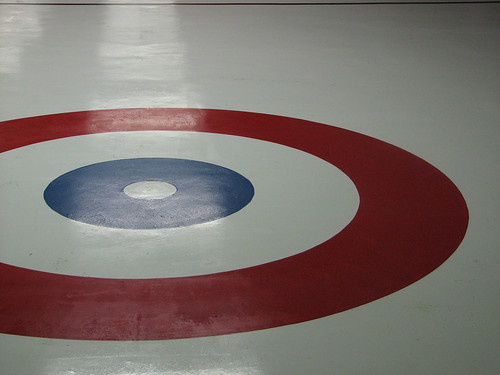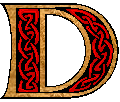In a comment to my last post, Vinny pointed to the New York Times article, Darwinism Must Die So That Evolution May Live, by Ecologist Carl Safina, which says, in part:
Science has marched on. But evolution can seem uniquely stuck on its founder. We don’t call astronomy Copernicism, nor gravity Newtonism. “Darwinism” implies an ideology adhering to one man’s dictates, like Marxism. And “isms” (capitalism, Catholicism, racism) are not science. “Darwinism” implies that biological scientists “believe in” Darwin’s “theory.” It’s as if, since 1860, scientists have just ditto-headed Darwin rather than challenging and testing his ideas, or adding vast new knowledge.
I was familiar with the article, as it had been referenced by Professor Myers, at
Pharyngula, but I really hadn't paid much attention, until Vinny forced my hand, so to speak. So, I gave it a more in-depth read. It really only took me about thirty seconds, or so, to form an opinion. And that opinion is, of course, that
Safina is talking out of his ass. Let me tell you why.
Now P.Z., and
Jerry Coyne, both Evolutionary Developmental Biologists, disagreed with
Safina, but my reasoning is slightly different from theirs - although springing from the same basic ideal. Remember a few weeks ago, when I wrote a
couple of
articles about
Fred - an occasional blogger whose writing I admire - and his reaction to the atheist bus ads in England? I pointed out that Fred, who was an intelligent, college educated, self-proclaimed agnostic, verging on atheist, repeated virtually every canard in the Creationist, anti-science propaganda bible. I lamented the fact that Answers in Genesis and their ilk had so inundated the public with their dishonest talking points that even Fred was
unconsciously repeating them without even realising it. We see exactly the same thing in the
Safina article.
Safina harps on the overuse of the terms Darwinism, and Darwinist, in the description of the science of evolution, and suggests that we need to lose those terms in order to focus attention on the "real" science of evolution, and look less like we are following some sort of atheistic dogma. Myers and
Coyne both speak very strongly about how important Darwin's work really was, and how, while the science has moved far beyond his original ideas, we need to note his contributions, and celebrate them for the revolution in the scientific community they created. But they both ignore the question of just who it is that is currently using the term 'Darwinism' today.
Quite frankly, I have not encountered the term 'Darwinist' being used anywhere except by Creationists, and their more mendacious cousins, Intelligent
Designists. They use the term 'Darwinist' and sometimes 'Evolutionist' almost exclusively when talking about evolutionary scientists in order to suggest that just such a dogmatic view is being held by them.
But, when you talk to actual students of evolutionary theory, the term almost never comes up. Certainly, Myers and
Coyne, in their blogs, never refer to their field of expertise as 'Darwinism.' In looking at the courses available at my local universities, I can find no mention of one called Darwinism, or Darwinian Evolution. But
Safina, just like Fred, has been brainwashed by the constant whispering in his ear by the religious right, into accepting that 'Darwinism' is an actual scientific course of study. He's been fooled so completely that he isn't even aware that his opinions might be the least bit misguided.
The next time you hear someone say, "Darwinism must die," just tell them: "don't be silly. You can't kill something that doesn't really exist."
 is for...well, H is for a lot of things in curling. For example, H is for:
is for...well, H is for a lot of things in curling. For example, H is for:


























